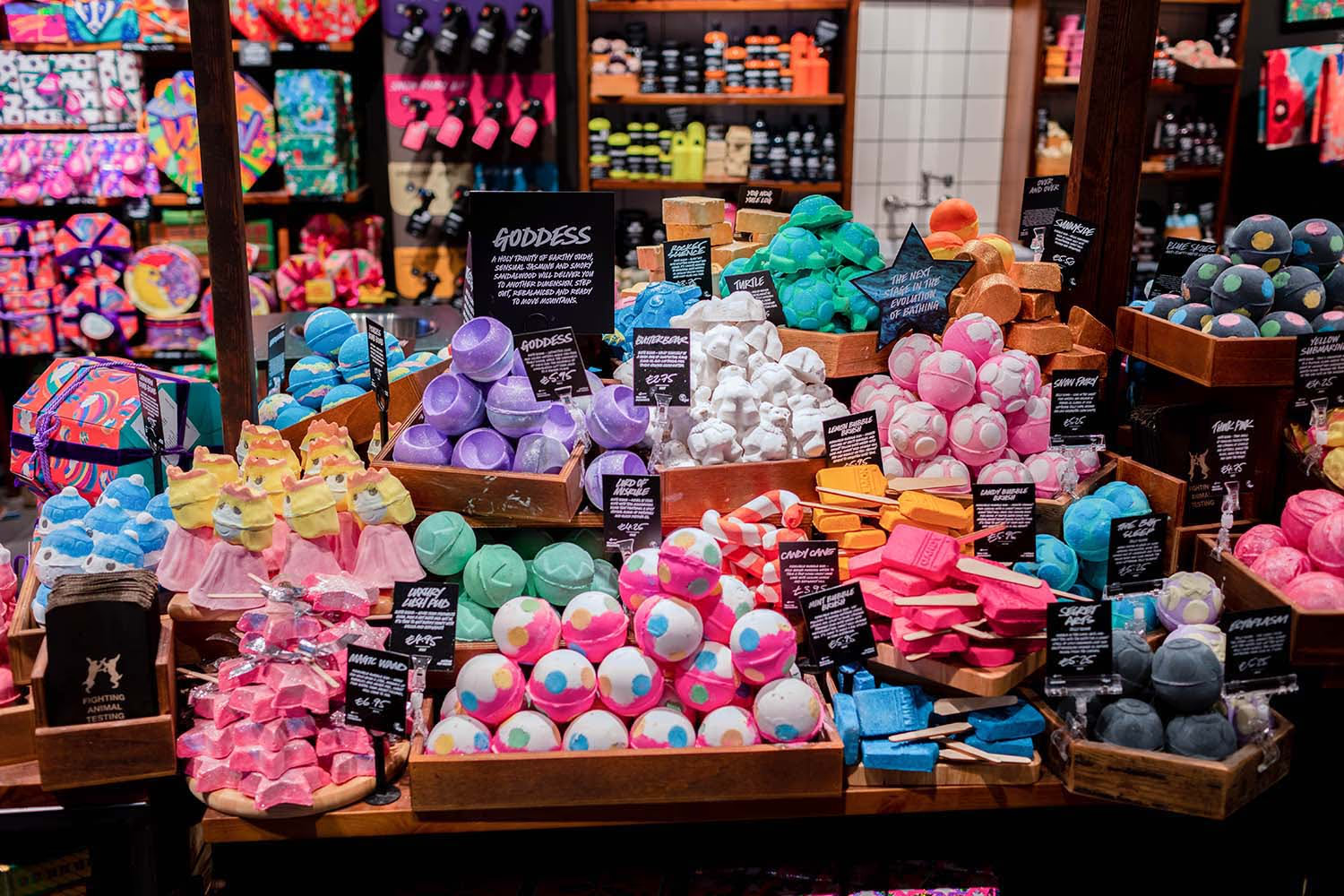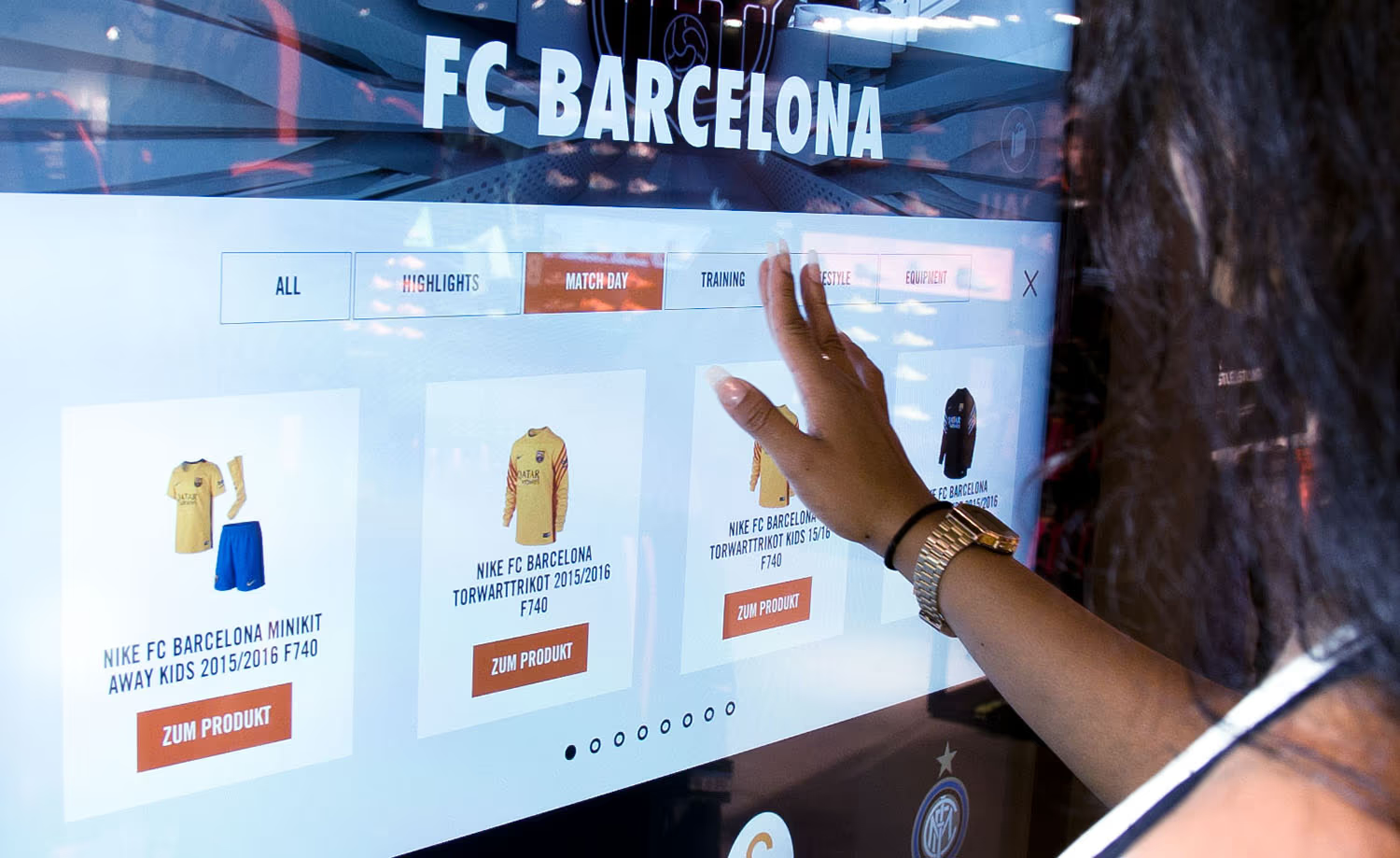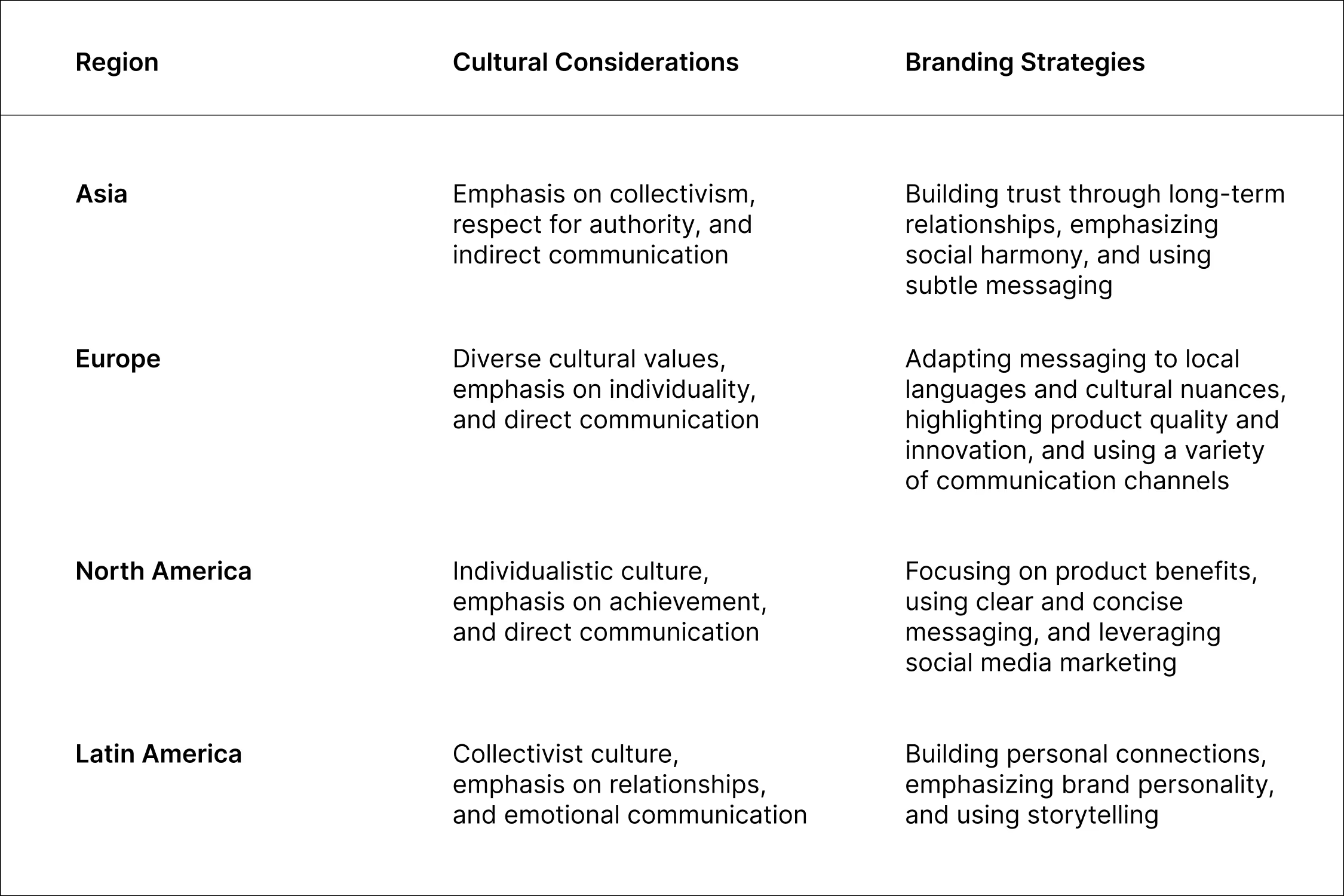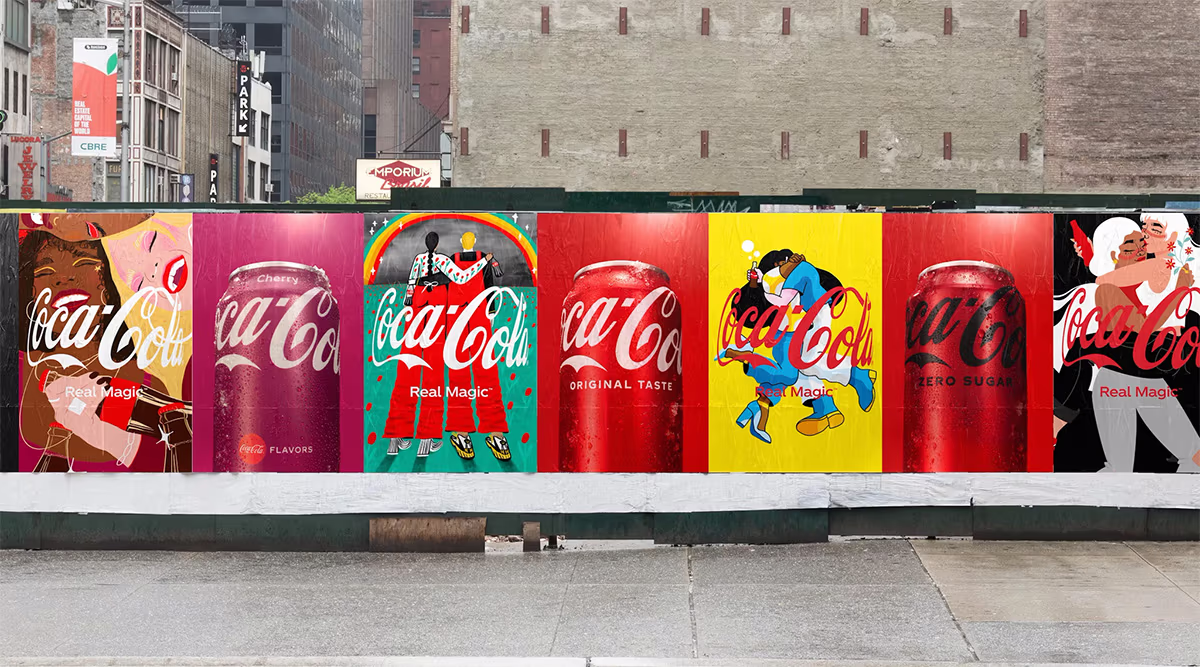Branding, once a static symbol of a company’s identity, has become a dynamic force in a world of constant change. The traditional model of establishing a brand and sticking with it is no longer sufficient. Today, brands must adapt to evolving consumer preferences, technological advancements, and social shifts to remain relevant and competitive. This article delves into the broader trends shaping the branding landscape, exploring the forces that are redefining how companies connect with their audiences.
The Rise of Purpose-Driven Brands
Consumers are increasingly seeking brands that align with their values. Purpose-driven brands go beyond profit maximization, actively engaging with social and environmental causes that resonate with their target audience. This trend reflects a growing desire for authenticity and responsibility in brand behavior. Consumers want to feel good about the brands they support, knowing that their purchases contribute to a greater good.
Purpose-driven branding is not merely a marketing tactic; it’s a philosophy that permeates every aspect of a company’s operations. Brands like Dove, with its self-esteem project promoting real beauty, and Patagonia, a staunch advocate for environmental causes, exemplify this approach. By integrating purpose into their core values, these brands create deeper connections with consumers, fostering loyalty and advocacy. For example, TOMS shoes donates a pair of shoes to a person in need for every pair purchased, empowering customers to participate in social change through their purchases. This approach not only strengthens brand loyalty but also transforms consumers into advocates for the brand and its mission.

Sustainability as a Branding Imperative
Sustainability has become a critical element of brand strategy. Consumers are increasingly aware of the environmental and social impact of their consumption choices, and they expect brands to demonstrate a commitment to sustainable practices. This trend is driven by a growing awareness of climate change, resource depletion, and social inequalities, with a particular focus on eco-friendly packaging and manufacturing processes.
Sustainable branding involves integrating environmentally and socially responsible practices throughout a company’s operations, from sourcing raw materials to manufacturing and packaging. Brands that prioritize durability, reduce waste, and support ethical sourcing are gaining favor with consumers. For example, Dove encourages customers to return packaging or opt for reusable options, while Lush minimizes packaging altogether.
A commitment to sustainability not only resonates with consumer values but also enhances brand value. The Capgemini Research Institute found that 77% of executives in consumer products and retail organizations believe that sustainability leads to increased customer loyalty. By prioritizing sustainability, brands can build trust, credibility, and differentiation in a competitive marketplace.

Technology's Impact on Consumer Behavior
Technology has profoundly altered consumer behavior, creating new challenges and opportunities for brands. The rise of e-commerce, social media, and mobile devices has empowered consumers with unprecedented access to information, choices, and connectivity. This has led to higher expectations for convenience, personalization, and instant gratification.
Brands must adapt to this digital landscape by creating seamless omnichannel experiences that cater to consumers’ evolving needs. This involves leveraging data analytics to understand consumer preferences, personalizing marketing messages, and providing 24/7 customer service. Technology also enables brands to offer personalized customer experiences and make data-driven decisions to enhance brand advancement.

The Homogenization of Brands
In a crowded marketplace, brands face the challenge of differentiation. The proliferation of products and services has led to a homogenization of brands, making it harder for companies to stand out. This is exacerbated by the ease with which brands can imitate each other in the digital age.
To combat this trend, brands must focus on creating unique value propositions that resonate with their target audience. This involves identifying their core strengths, crafting compelling brand stories, and communicating their values in a way that differentiates them from the competition. One successful example is the Old Spice rebranding campaign, which revitalized the brand’s image by tapping into a broader cultural shift and resonating with a younger audience.

Globalization and Cultural Exchange
Globalization has led to increased cultural exchange, influencing branding strategies worldwide. Brands must navigate diverse cultural norms and values to connect with consumers in different markets. This requires a nuanced understanding of local preferences, sensitivities, and communication styles. Technology has played a significant role in facilitating brand globalization by allowing brands to reach global audiences and adapt their messaging for different markets.
Successful global brands adapt their messaging and imagery to resonate with local audiences while maintaining a consistent brand identity. This involves striking a balance between global consistency and local relevance. The following table provides examples of cultural considerations and branding strategies for different regions:


Ethical Considerations in Branding
Ethical considerations are becoming increasingly important in branding. Consumers are more aware of manipulative marketing tactics and the potential negative impact of branding on consumerism. Brands must prioritize transparency, honesty, and ethical practices to build trust with their audience.
This includes avoiding misleading claims, respecting consumer privacy, and promoting responsible consumption. Brands that engage in unethical practices risk damaging their reputation and alienating consumers.

The Future of Branding
The future of branding is dynamic and exciting. Emerging technologies, such as artificial intelligence (AI), augmented reality (AR), and virtual reality (VR), are poised to revolutionize how brands connect with consumers. AI can personalize customer experiences, automate marketing tasks, and provide data-driven insights. It can also be used to automate high-volume core business processes to reduce costs and increase productivity, forecast demand, and provide customers with what they need, enhancing customer experience. AI-powered image recognition technology can help companies monitor their brand presence and ensure consistency. AI can also be used to create personalized sales experiences and immersive brand storytelling.
AR and VR can create immersive brand experiences that blur the lines between the physical and digital worlds. AR can be used to create interactive marketing campaigns, personalized experiences based on user data, dynamic and personalized branding experiences, and enhance education and training. AR can also be used in gamified brand experiences and enhance product demonstrations.
Sustainability will continue to be a driving force in branding, with consumers demanding greater environmental and social responsibility from the brands they support. Brands that prioritize purpose, authenticity, and ethical practices will thrive in this evolving landscape.
In addition to these technological advancements, several other trends are shaping the future of branding:
- Debranding: Some companies are shifting towards "debranding" by prioritizing product quality and minimizing overt branding efforts.This approach focuses on building trust through product excellence rather than relying on traditional marketing tactics
- Minimalism vs. Maximalism: The branding world is witnessing a tension between minimalist and maximalist design trends. Minimalism emphasizes simplicity and clarity, while maximalism embraces bold colors, heavy compositions, and intricate patterns. These contrasting aesthetics reflect different approaches to capturing consumer attention.
- Brand Communities: Brands are increasingly fostering online communities to deepen engagement and loyalty. These communities provide a platform for consumers to connect with each other and with the brand, creating a sense of belonging and shared values.
- Retro Aesthetics: 2024 is expected to see a resurgence of popular '60s and '70s styles in graphic design, including faded color palettes, retro stripes, checkers, florals, and other funky patterns.
- Illustrated Logo Mascots: The use of illustrated logo mascots is on the rise, particularly in the food and beverage industry. Mascots can humanize a brand's image and make it more approachable.
- Hyper-personalization: Brands are increasingly using AI and other technologies to tailor experiences to individual customer needs and preferences. This trend reflects the growing demand for personalized and relevant brand interactions.

Conclusion
Branding is no longer a static symbol; it’s a dynamic process of connecting with consumers in a world of constant change. By embracing purpose-driven strategies, prioritizing sustainability, adapting to technological advancements, and navigating ethical considerations, brands can create meaningful connections with their audience and thrive in a dynamic world. The trends discussed in this article highlight a shift towards a more consumer-centric approach to branding, where authenticity, purpose, and engagement are paramount. As technology continues to evolve and consumer expectations rise, brands must remain agile and innovative to stay ahead of the curve. The future of branding belongs to those who can effectively connect with their audience on an emotional level, build trust through transparency and ethical practices, and create experiences that resonate with their values.

